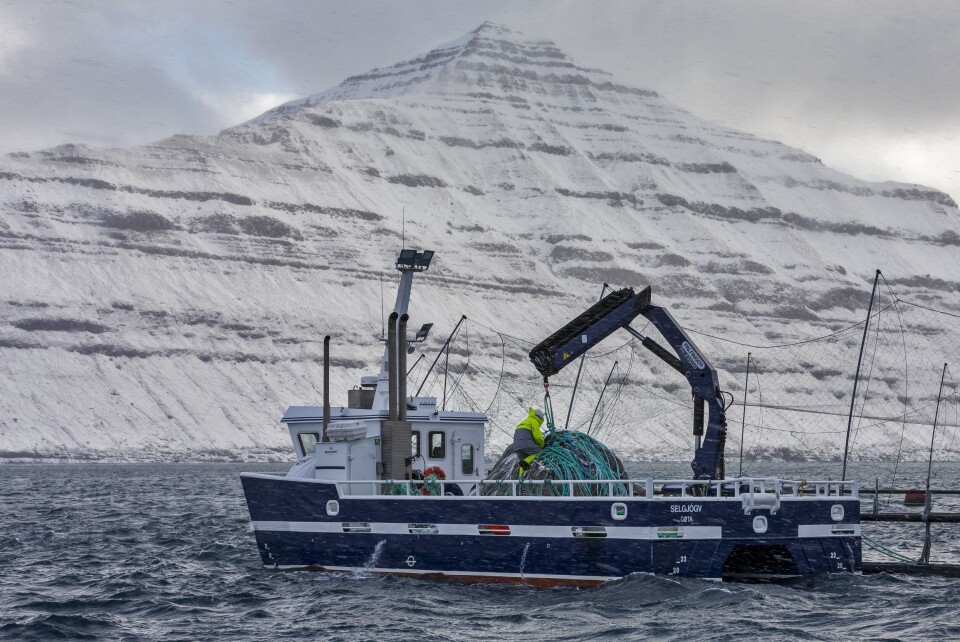
Falling prices nudge Bakkafrost profits down
Faroes salmon farmer Bakkafrost made an operating profit of 252 million Danish kroner (£30.3m) in the third quarter of 2017, a fraction less than the DKK 255m made in Q3 2016, it said in its third-quarter report today. The drop was attributed to a fall in spot prices.
Harvested volumes were 11,600 tonnes gutted weight, up from 10,664 tgw in the same period last year. The combined farming and value added products segments made an operating profit of DKK 212.2m. The farming segment on its own made an operating profit of DKK 216.7m, but this was reduced by a loss of DKK 4.5m in the VAP segment, an improvement on previous losses of DKK 46.7m in Q3 2016.
The operating profit per kg in Q3 2017 was DKK 18.32 (DKK 23.22 in Q3 2016), for the combined farming and VAP segments. For the first nine months of 2017, the combined farming and VAP segment made an operating profit of DKK 967.4m (DKK 773m).
Total harvested volumes in the first nine months of 2017 were 43,145 tonnes gutted weight (34,602 tgw in same period in 2016). Bakkafrost transferred 3.2 million smolts (3.8 million) during Q3 2017, which the company said was in line with its plans. 6.5 million smolts (7.7 million) were transferred during the first nine months of 2017.
'Satisfactory result'
Bakkafrost's FOF segment (fishmeal, oil and feed) made an operating profit of DKK 79.5 million (DKK 62.4m) for Q3 2017, and the operating profit margin was 23.2% (19.5%). The operating profit was DKK 172.5m for the first nine months of 2017 (DKK 176.8m), corresponding to an operating profit margin of 18.4% (21.4%).
Commenting on the result, chief executive Regin Jacobsen said: “Although the price of salmon decreased in the quarter, Bakkafrost had a satisfactory result. The salmon spot price in the third quarter this year was significantly lower than in the same quarter last year.
"We still have a good outlook for the salmon market, but there is a risk for lower salmon prices in the future. The farming service vessel, M/S Róland, started operation in this quarter, and Bakkafrost is well equipped to combat sea lice with good solutions. Another positive trend in the quarter was the improvement in the VAP operation, after having experienced start-up issues in the first half of 2017.”























































